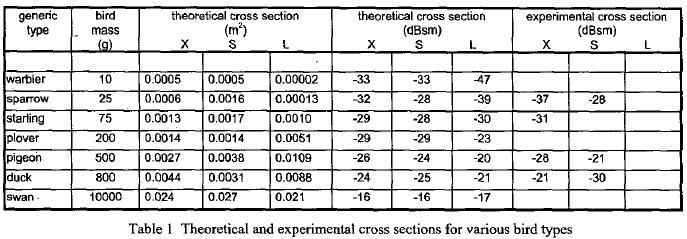Toan is a very good source. But this is better,
LCA is not optimised for stealth. But owing to it's size it is small. Anyway composites are only a cheap substitute to Titanium, but it will do. Composites don't provide stealth, they absorb EMR a bit more than metal. That's all.
If you are comparing F-22's stealth to LCA's then what F-22 does is it tries to mimic the RCS returns of birds.
There is a certain term called the "Clutter Rejection Threshold." A radar is capable of detecting everything in the sky, no problems. Right from water vapour to meteors to aircraft. So, radar is used differently depending on the use. The weatherman is interested in water vapour, astronomers are interested in meteors, ornithologists will be interested in birds and pilots will be interested in other aircraft. RCS could differentiate between these aspects and each radar could handle it's job without problems. For a pilot a bird, water vapour etc are clutter, so the radar software rejects this RCS and only shows larger RCS bodies like aircraft. This is called the Clutter Rejection Threshold. Until the early 80s, pilots had never had to worry about RCS for detecting aircraft. F-117 changed things.
The F-22 is no different. It has a RCS that is equivalent to a bird. So, the radar will detect the F-22 as a sparrow or a warbler. Now, your radar can pick up the F-22, be it AWACS, ground radar or fighter radar. But the software will think it to be a bird and reject it. So, even if detection is possible, the pilot will never know. Even if the F-22 is detected and engaged, the missile's seeker may not be able to see it. Even if it could, then the missile could very well engage a bird as much as the F-22. You can end up having a missile chasing a sparrow. That's stealth.
Low RCS is simply a term as an antonym to high RCS. Stealth is what the F-22, F-35, J-20 and PAKFA are. There is no point in reducing RCS if you can't get it to the level of a bird and maintain it in a combat environment. There is no point at all discussing low RCS for aircraft that are not true stealth aircraft.
The next stop for the Americans are insects. The planned
2018 bomber is supposed to have a RCS 10 times smaller than a mosquito and will be bigger than a MKI carrying around 12 tons of bombs, to a range of 10000Km and a loiter capability of over 50 hours while being unmanned.




